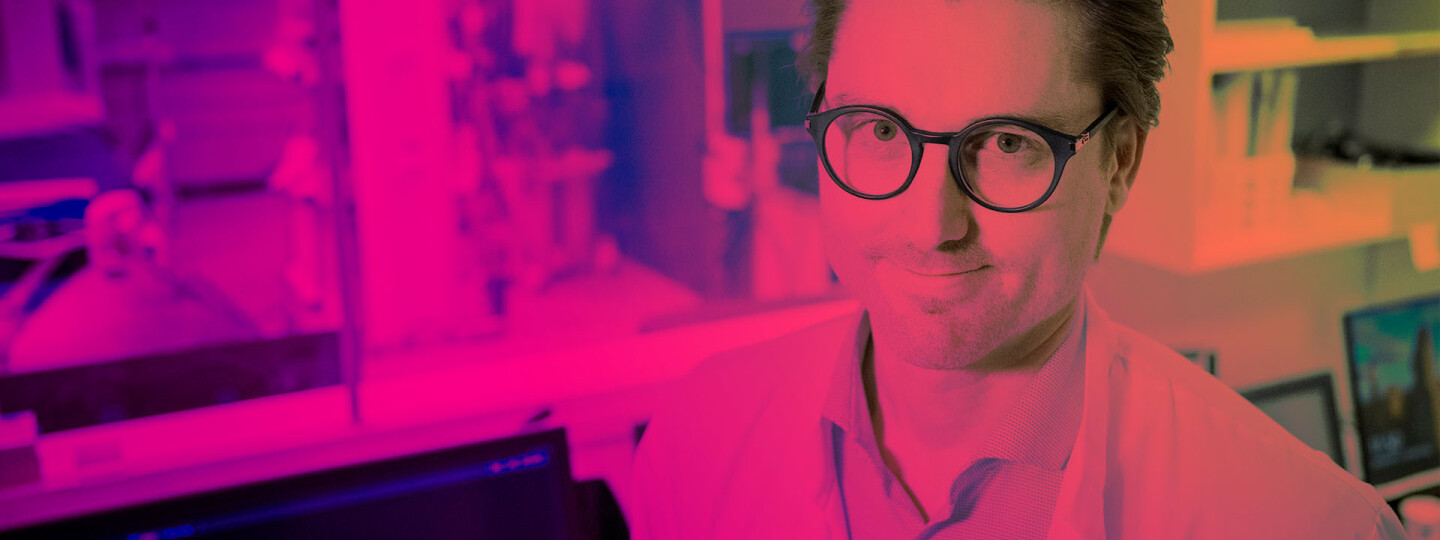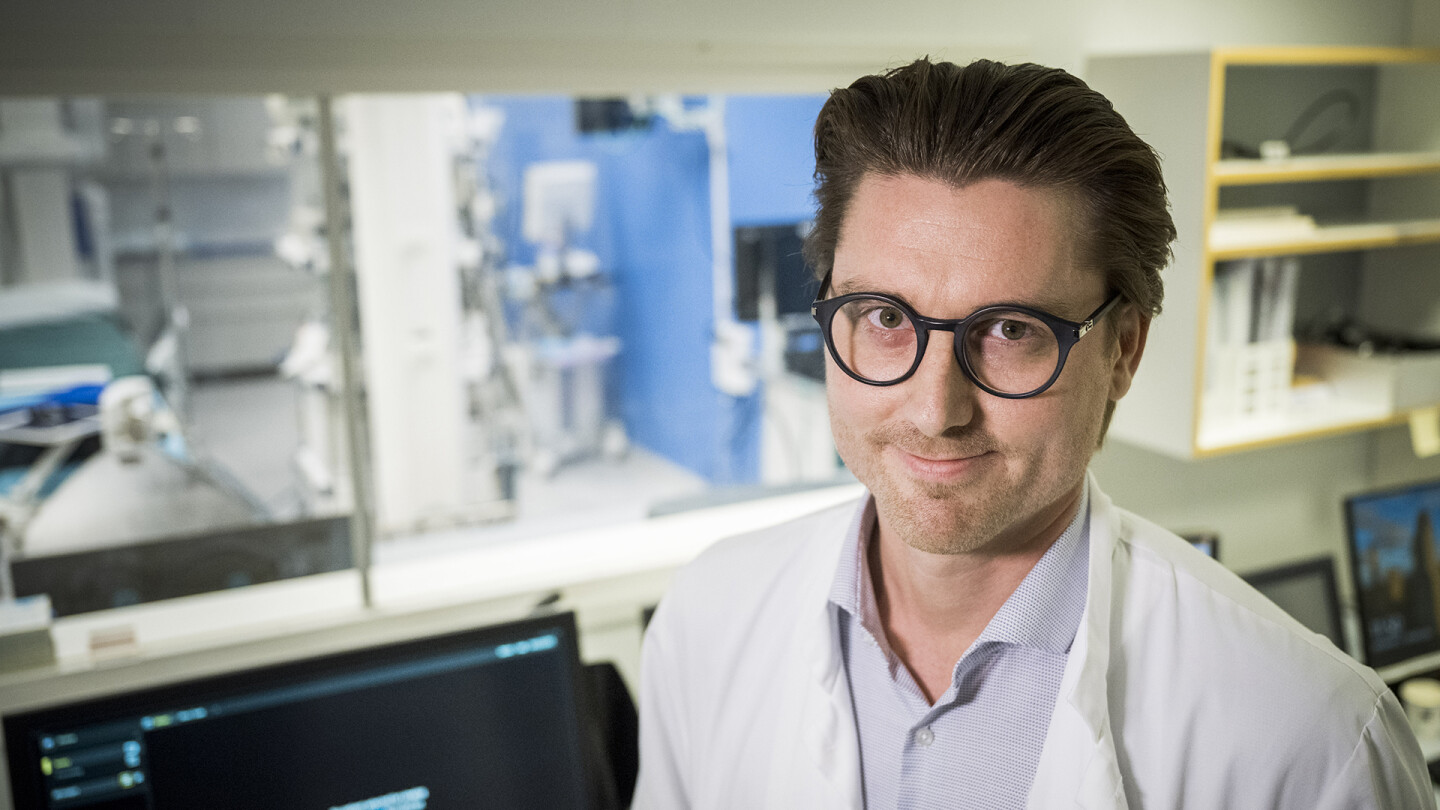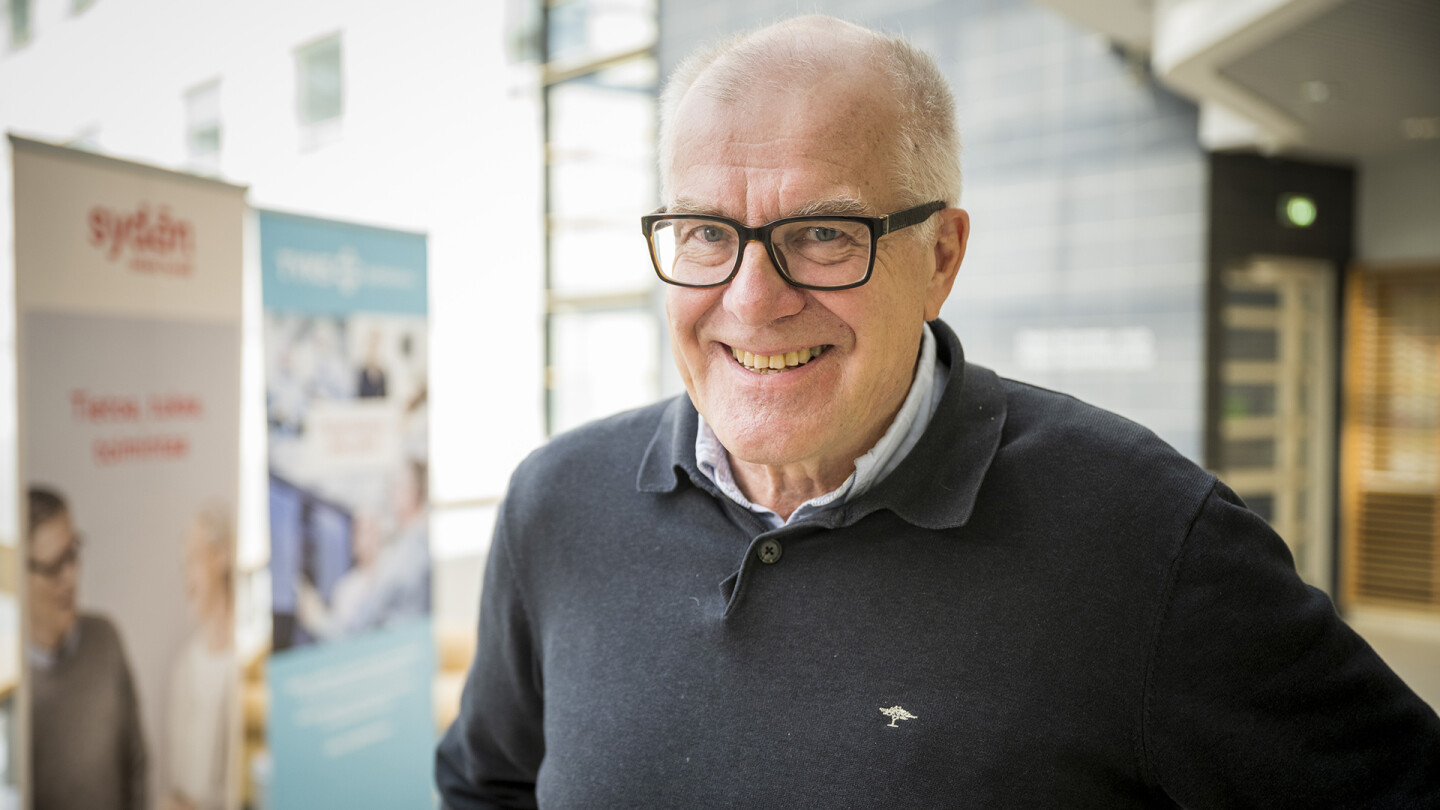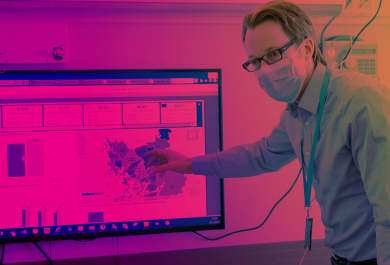Atrial fibrillation is one of the greatest challenges in cardiology. The atrial fibrillation research is evidence of cardiological expertise in Turku and the involved parties are the University of Turku, the Turku University Hospital Heart Centre, Turku PET Centre, and the hospitals of the Hospital District of Southwest Finland. A smart phone app for observing atrial fibrillation has been engineered in Turku, and there is more to come. This technology is top-quality on a global scale.
– Cardiovascular research is one of the largest fields of study in the University of Turku and the Turku University Hospital (Tyks), says Emeritus Professor Juhani Airaksinen from the Tyks Heart Centre.
Because of the research, new health technology has been developed and it is used in patient care and diagnostics.
– The trend in cardiovascular research as well as the focus of several studies in Turku is atrial fibrillation. The hot topic of the research are matters related to timely and reliable identification of atrial fibrillation, adds principal investigator Tuomas Kiviniemi, who is also a cardiologist in the Tyks Heart Centre.
Smart phone apps are a key topic in the research. The technology of the atrial fibrillation app which is based on the accelerometer in smart phones is a line of its own, and Turku is a global leader in this technology. Most of the other methods are based on the phone’s camera and light.
Cardiovascular Research Looks for New Methods
Both University and hospital environment are needed in the research. Professor in Cardiovascular Medicine Antti Saraste tells that clinical research conducted in the hospital and in collaboration with the University is top-level in Nordic comparison. The fact that Tyks is a teaching hospital is a central element when it comes to research. It signals active doctoral training, postgraduate degrees, and dissertations.
The research network functions like a heart. It pumps vital information and research expertise between different organisations. The cardiac marker research is a current topic in the collaboration between the Tyks Heart Centre and the biotechnology unit at the University of Turku.
The elevation of cardiac markers has been studied even in the contestants of the Paavo Nurmi Marathon. The imaging examinations conducted by the PET Centre have helped in clarifying how to separate harmless elevation in cardiac markers from a situation where the elevation predicts a myocardial infarct. The use of the cardiac markers in the diagnostics of myocardial infarct is expected to give new results before the end of 2020.
– In case this method proves out to be reliable, tests could be made as rapid tests, which is a big step forward in infarct diagnostics, says Airaksinen.
Research Requires Patience and Expertise
The collaboration of the Tyks Heart Centre and the Department of Future Technologies at the University of Turku has produced smart phone apps for detecting atrial fibrillation. Expertise does not emerge out of nowhere. Airaksinen describes how the Heart Centre and the Department of Future Technologies considered the use of the acceleration and motion sensors of a smart phone in atrial fibrillation research back in 2011.
However, new health technology requires the combination of different expertise starting from basic research before the technology is ready to be used in patient care. The first breakthrough publication was made in 2017. Established on this innovation, Precordior Ltd designed a smart phone app called CardioSignal. The app is available for anyone who wants to observe their heart and possible atrial fibrillation.
– More projects that develop the diagnostics of myocardial infarct are on the way, says Airaksinen.
Even a symptom-free coronary artery disease may suddenly become more severe and lead to a fatal myocardial infarct. Most of these infarcts happen at home, and many wait and see what happens before they take action. Now, we are moving towards developing apps that observe myocardial infarct and heart failure. If we can form a “fingerprint” of the heart’s basic function, we can compare it with the situation when a myocardial infarct occurs or the heart failure becomes more severe.
– An app that makes the patient call the emergency number soon after infarct symptoms appear would be a significant leap forward. We have been working on an app like this for the past five years, and there is a little bit of light at the end of the tunnel. Time will tell whether the accuracy of the app is sufficient, tells Airaksinen.
PET Centre – an Ace up the Sleeve
The imaging possibilities offered by the PET Centre are a special forte in Turku. Furthermore, the functionality of the atrial fibrillation app has been tested by imaging.
– The combination of a computer tomography scan and PET creates an accurate image of the structure of coronary arteries and their effect on the heart’s blood flow. This can be used for diagnosing coronary artery disease, developing the treatment, and studying the disease mechanisms, tells Saraste.
Different methods of imaging have been used to study whether signals measured by a smart phone could help in identifying the patients who have changes in their coronary arteries or heart function. This is how we get information about how the new smart phone apps under development are able to identify, for example, the patient’s myocardial infarct or heart failure.
Aiming for Individualised Treatment for Heart Patients
The current mega trend is individualised medicine, and cardiovascular research is no exception. The Heart Centre and the MediCity Research Laboratory collaborate in translational research where expertise in natural and biosciences is combined with clinical expertise.
– We are conducting a research project together with Harvard Medical School Boston and MediCity where we aim to categorise and read genes from heart biopsies that were taken from heart patients and combine them with clinical research. This is also affiliated with atrial fibrillation research and is an example of research that may later enable much more individualised treatments, describes Kiviniemi.
Saraste says that individual medicine is also the utmost aim of imaging studies. The PET Centre has developed new imaging methods that are based on disease activity and inflammation in the coronary arteries. This way, imaging could help in identifying the small percentage of people who form the risk groups and therefore experience a majority of the cardiovascular problems.
– Imaging can measure the patient’s health in real time, and, in addition to genotype, the individual effects of lifestyle can be revealed, summarises Saraste.
Pioneering research in imaging has been conducted in Turku, and it has affected especially the treatment instructions for coronary artery disease. The results of the atrial fibrillation research in blood thinner treatment have found their way also to new treatment recommendations in Europe.
– All the research aims to develop and improve the medical treatment of patients. Before we can aspire to develop a drug molecule or a technology, we also have to know and assess the need for them, says Airaksinen.
Turku University Hospital and the Faculty of Medicine at the University of Turku form a cluster of excellence in which research and the high-quality treatment based on it form a seamless entity. More than one thousand scientific studies are under way in these organisations, engaging approximately 1,500 experts. Approximately 200,000 patients receive treatment at Tyks every year. Visits to outpatient care total over 1.2 million and days at inpatient care almost 300,000. The University of Turku and the Hospital District of Southwest Finland are part of the Health Campus Turku network, which also includes Åbo Akademi University, Turku University of Applied Sciences, Novia University of Applied Sciences and Turku Science Park Oy.
Text: Sini Silvàn
Photos: Vesa-Matti Väärä
Translation: Maija Siukonen







